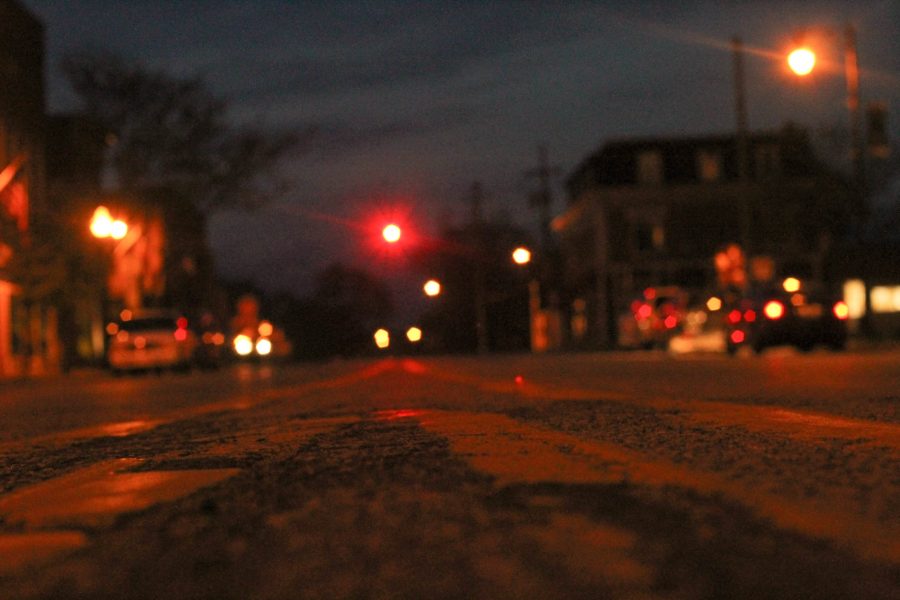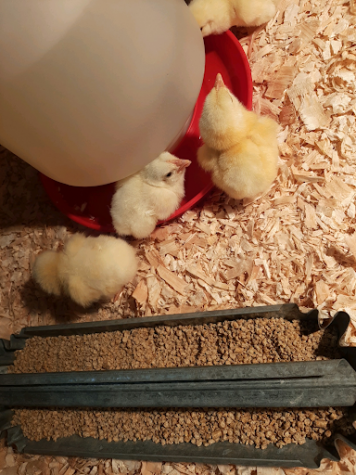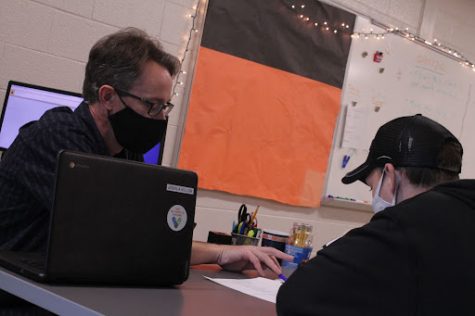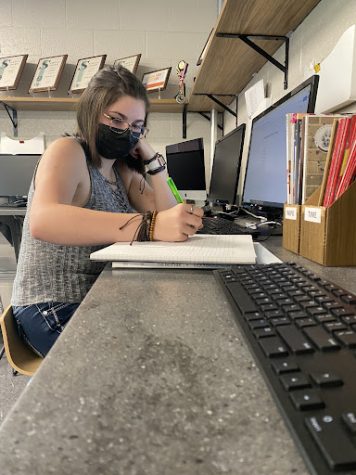Ecological illumination
Light pollution harms human health and ecology
Imagine lying in bed trying to fall asleep while neighbors’ house lights shine through windows, cars drive by shining headlights, and the Four way stop light blinks red over and over. Lights around the house, car headlights, street lamps, lights at local businesses and stop lights can actually pollute the night sky.
“The issue of light pollution has never been a big topic in the Village of Stockbridge, only when it comes to lighted signs, and we have ordinances in place to try and protect residents from overlighting,” said Stockbridge Department of Public Works official, Shane Batdorff. “I try to work with the residents and council to provide safe and aesthetically pleasing lights for the Village.”
Little do villagers know the lasting effects that light pollution has on their human health and the safety of wildlife in the area.
According to the International Dark-Sky Association (IDA), the leading organization combating light pollution worldwide, “Research suggests that artificial light at night can negatively affect human health, increasing risks for obesity, depression, sleep disorders, diabetes, breast cancer and more.”
Humans have a pattern of sleeping at night and being awake during the day, known as circadian rhythm, that is affected by light pollution. Melatonin is a naturally occurring hormone found in the human body that helps induce sleep. Being exposed to light pollution can suppress the production of this hormone which can make it harder to sleep at night.
“Light pollution distracts me from having the complete darkness I need to sleep,” sophomore Audrey Bradley said. “I live in town and lights from outside shine in my house and make it harder to sleep at night.”
Light pollution does not only affect humans but it also affects wildlife such as birds, amphibians, mammals, insects and plants.
According to Globe at Night, an international citizen-science campaign to raise awareness of the impact of light pollution, one that “poses a serious threat in particular to nocturnal wildlife, having negative impacts on plant and animal physiology. It can confuse the migratory patterns of animals, alter competitive interactions of animals, change predator-prey relations and cause physiological harm.”
The Village uses a combination of High pressure sodium, CFL and LED lights, and is working on switching all of their lights to LED’s to conserve energy.









